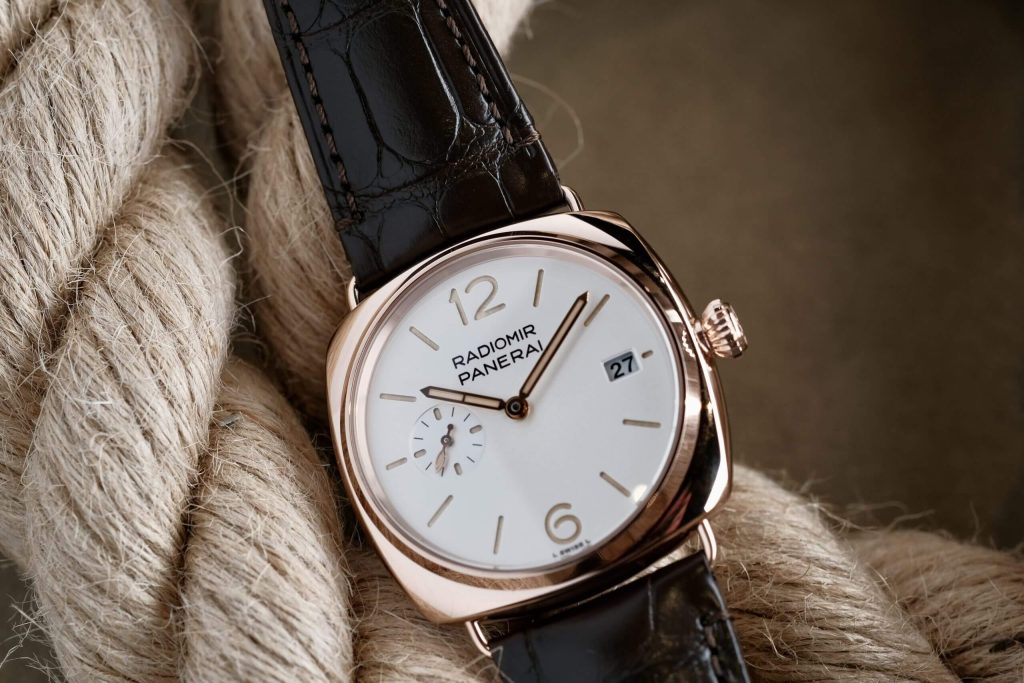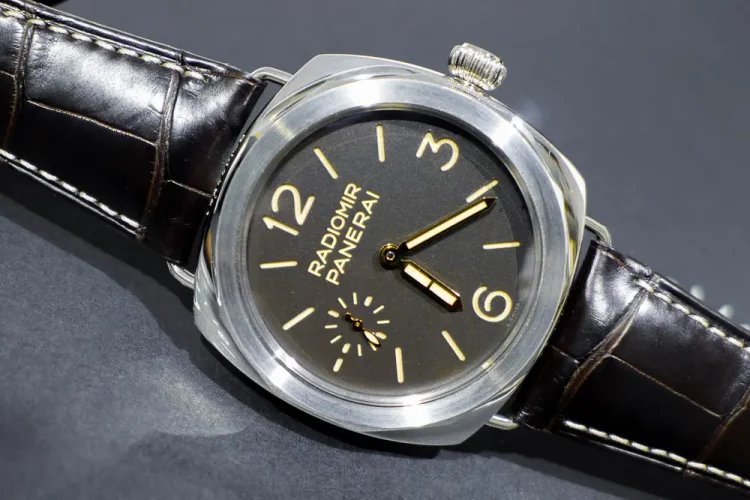In an industry increasingly shaped by automation and algorithmic perfection, it may seem paradoxical that some of the world’s most prestigious watchmakers are turning to a method of metalworking that predates modern manufacturing by centuries. Yet that’s exactly what’s happening as a niche wave of horologists in 2025 is embracing traditional Japanese tatara steel forging—a 17th-century blacksmith technique once used for samurai swords—as a way to create watch cases that are not only visually distinct, but culturally rich and materially superior in some aspects to even the most finely milled CNC alternatives.
This reawakening of ancient craftsmanship isn’t driven by nostalgia alone. It’s part of a broader cultural movement that questions mass production, values imperfections as marks of authenticity, and seeks out material narratives as important as technical specifications. But unlike pseudo-artisanal marketing ploys, this trend demands real labor, rare skills, and a commitment to techniques at risk of vanishing altogether.
Japanese Tatara Steel Forging in Modern Case Production
At the heart of this resurgence lies tamahagane—a high-carbon Japanese steel produced in a traditional clay tatara furnace using iron sand, charcoal, and fire rituals dating back to the Edo period. The process requires three days and nights of continuous stoking and refining, producing a metal that is both hard and shock-resistant, with a layered, crystalline structure reminiscent of Damascus steel.
In watchmaking, this translates to cases that shimmer with subtle, organic patterns no CNC machine could replicate. The watch case is not cut from a standard billet but forged by folding and hammering steel hundreds of times, just like the legendary katana. The outcome is not just a steel shell—it’s a living surface, marked by heat, pressure, and the touch of a human hand.
Several independent watch brands, particularly in Japan, Switzerland, and France, are now exploring tatara steel forging as a way to offer something fundamentally different from the industrially polished stainless cases that dominate the market. Tokyo-based Kuoe and Swiss artisan Atelier Wen have begun limited collaborations with Japanese smiths to create hand-forged case series, while Grand Seiko has quietly filed trademarks for what it calls “Forge Signature Metal” (FSM), rumored to be based on tatara principles but adapted for higher-volume artisanal production.
Side-by-Side Finishing Comparison with CNC Machining
To truly understand why watchmakers are exploring such laborious methods, a comparison with modern CNC machining is essential. CNC (Computer Numerical Control) machining allows for ultra-precise, consistent case production with tolerances down to the micron. A luxury watch case made via CNC looks flawless—crisp edges, symmetrical bevels, and polished surfaces. But it often lacks individuality. Even the most expensive CNC-finished watches can sometimes appear sterile, soulless.
By contrast, a hand-forged tatara case is a contradiction: rough yet refined, ancient yet futuristic. It bears hammer marks subtly visible beneath polishing. Its contours shift slightly between examples, giving each piece a unique tactile signature. The micro-textures reflect light unevenly, revealing hidden character depending on the angle and environment.
Functionally, these cases may show microscopic imperfections that would be rejected by automated QC processes. But it’s precisely this variation that makes them desirable. In luxury’s new language, perfection is no longer flawless uniformity—it’s the evidence of thoughtful human imperfection.
One side-by-side test, conducted in early 2025 by an independent horology lab in Geneva, compared a tatara-forged case from a Japanese artisan with a CNC-milled case from a German manufacturer using 316L stainless steel. Though the CNC case had superior consistency in geometry and water resistance by 0.5 bar, the tatara case scored higher in resistance to micro-fractures and demonstrated less thermal deformation under rapid temperature change. The experiment reinforced what collectors already suspect: craftsmanship affects not just aesthetics but performance in subtle ways.

The Last Living Master Teaching This Ancient Method
Perhaps the most extraordinary aspect of this trend is its dependence on people rather than machines. There is, quite literally, a finite number of individuals alive today who can forge tamahagane steel using traditional methods suitable for watchmaking. Among them, master blacksmith Hiroshi Nara of Shimane Prefecture is considered the last living tatara practitioner willing to collaborate with horologists.
In his seventies and operating out of a rural smithy once used to forge swords for the Imperial Guard, Nara has partnered with a select few watchmakers to adapt his practice for smaller, precision-demanding formats like watch cases. He trains apprentices—most of them previously from unrelated professions like architecture or graphic design—on how to fold, hammer, and fire tamahagane steel to suit horological dimensions. His process, spanning weeks for a single case blank, is closer to sculpture than fabrication.
Nara has even co-signed limited editions from boutique brands like Kikuchi Horology and Maison Seconde as part of his commitment to making sure the art doesn’t die with him. Each case carries a microscopic engraving of the Nara tatara crest on its inner lug—a signature more meaningful than any serial number.
Ironically, it’s the very inefficiency of this process that makes it a beacon of desirability in an age of digital mass production. Watches forged by Nara or his students are not reproducible at scale. They’re not easily copied. And once the last master stops forging, the method may return to the realm of museum conservation. That transience is precisely what gives it meaning.
Why the Future of Watchmaking May Lie in the Past
What we’re seeing in 2025 isn’t just a return to form, but a philosophical pivot. In a market flooded with high-tech smartwatches, silicon escapements, and blockchain watchfaces, the rediscovery of pre-industrial forging feels like an act of cultural resistance. It’s a statement that progress in horology doesn’t have to mean cleaner code or tighter tolerances—it can also mean deeper stories, rarer skills, and more meaningful imperfections.
This shift aligns with a broader renaissance of craft: weavers hand-knotting silk in Kyoto, shoemakers using wooden pegs in Florence, or luthiers carving violins with animal glue in Cremona. Watchmakers adopting tatara steel are not Luddites; they’re cultural curators who believe true luxury is as much about process and soul as it is about specs.
The resurgence of 17th-century blacksmith techniques in modern horology also challenges how collectors evaluate value. What’s more “valuable”: a sapphire-case smartwatch assembled in five minutes on a Shenzhen line or a forged tamahagane case that took three weeks and the last living master’s touch? Increasingly, the answer depends on what you think a watch is for—telling time or telling a story.
Conclusion
Watchmaking’s return to 17th-century blacksmith techniques isn’t a gimmick. It’s a radical act of preservation and reinvention, merging the fire-lit rituals of Japanese tatara forging with the modern desire for authenticity, uniqueness, and craftsmanship. As brands and collectors look beyond CNC uniformity and into the soulful asymmetry of hand-forged steel, the line between luxury object and cultural artifact blurs.
Whether or not this movement scales—or remains an artisanal niche—depends on how much value the next generation places on human touch, historical continuity, and emotional resonance. But for now, the heat of the forge burns again, and it is shaping not only watch cases, but the very identity of what watchmaking can still become.





































